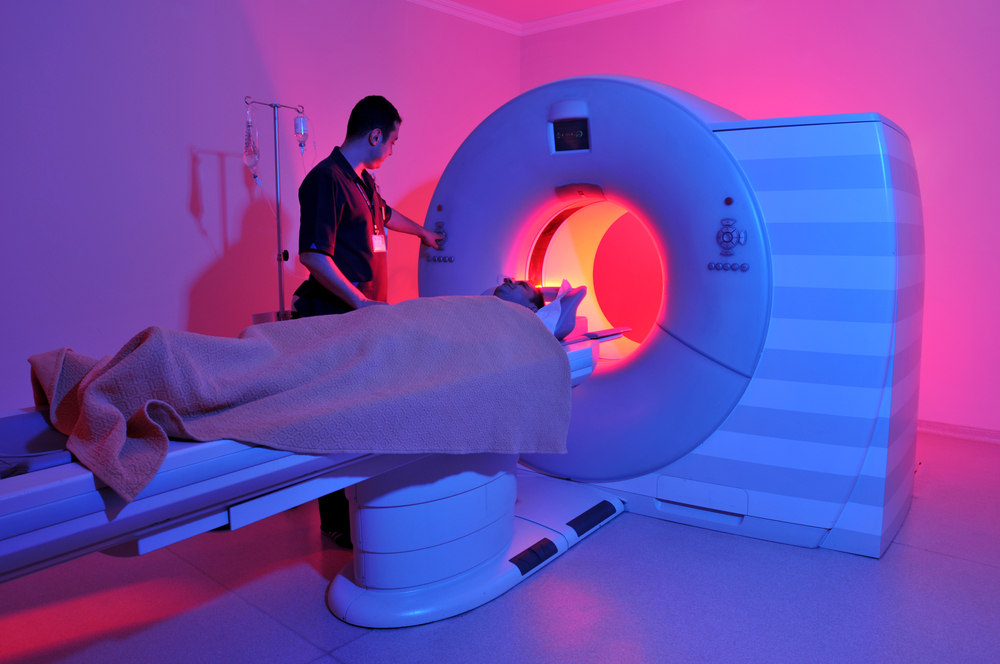
Landmark study puts Huntington's disease trials on TRACK
Final results from the TRACK-HD study show very specific changes in HD. We're ready for trials: bring on the drugs!
If we find a therapy that we hope can slow down Huntington’s disease, how can we prove that it works in patients? What tests should we do and how long should we follow people up after treatment in order to see any real benefits? A major new paper from Sarah Tabrizi and colleagues, reporting the final outcomes of the TRACK-HD study, provides information that will help us better design trials of new therapies in HD as well as understand how the disease progresses.
Why do we need TRACK-HD?
Many Huntington’s disease families will have become a little tired of hearing about drugs that are effective in animal models of HD – surely we want to cure people, not mice or rats or worms? But before we can successfully run more effective clinical trials in HD patients, we have to understand exactly what happens in people as they become sick.

Which signs of HD do we want to try and fix as part of a therapeutic trial? These kinds of questions are particularly challenging because, unlike diseases affecting other organs, it is hard to know whether drugs can really slow down disease process in the brain, hidden as it is within the skull.
That’s where ‘observational’ studies come in. Observational studies are those in which patients are studied without giving them any treatments, simply to understand the disease process in great detail.
Led by Prof Sarah Tabrizi of University College London, the TRACK-HD study was designed to run like a mock drug trial. People carrying the HD mutation would be studied for a defined period of time (36 months), using a large array of measurements including brain scans, specialized motor measurements and examination by a physician.
What’s just happened?
In a fourth successive paper published in top journal Lancet Neurology, the TRACK-HD team has just reported its final data, describing what they saw in people carrying the mutation after 3 years of observation. This timing is important, because it’s a reasonable time frame for a real therapeutic trial. It lets us answer the question, ‘if we had an effective treatment, could we test it in Huntington’s disease mutation carriers in 3 years?’
There is a simple, hopeful, message that comes from this study, and that is that we now have better ways of doing clinical trials in HD. We know which specific tests are most sensitive to change at different stages of the disease process. As a consequence of this, we know how many individuals we would need to confidently see those changes as part of any trial of a therapy in HD patients.
How’d they do it?
TRACK-HD involved annual follow up of groups of people who’ve inherited the Huntington’s disease mutation. Using well-established mathematical calculations that help predict when someone with the mutation will have symptoms of HD, people without symptoms of HD were divided into two groups: those who are estimated to be close to, or far from, disease onset.
The team also followed a group of patients in the early stages of HD and, for comparison, a control population who did not carry the HD mutation. Many of the control group are family members of the HD mutation carriers.
“One hopeful message from this study is that people who’ve inherited the mutation that causes HD seem to be able to cope with it for quite some time”
Of the 366 individuals enrolled, 298 completed the 36-month follow up. Not surprisingly, many participants that dropped out were in the more advanced stages of HD.
What’d they find?
Remember, the main goal of the TRACK-HD study was to determine which measurements best predict the onset of HD, and track its course after onset of symptoms. So what did the team observe for each of the groups in the study?
First, sensitive MRI brain scans, that are able to very accurately measure the shape and size of people’s brain, could measure differences amongst every group in the study. Even the people predicted to be far from onset had specific areas of brain change during the 3-year duration of the study. Hopefully, all new studies of therapies in HD will include brain scans, so scientists can see whether this loss of brain tissue is prevented.
In the group of participants predicted to be far from onset, there was very little change in behavioral or other clinical measures during the 3-year follow up. These people seem to be coping fairly well with the changes in their brains observed by scanning.
However, over 36 months, participants predicted to be close to onset behaved rather differently. They started to show changes in a number of clinical tests, including a range of motor and memory tasks. As in the group predicted to be farther from onset, these behavioral changes were accompanied by changes in brain scans that reveal shrinkage.
Over the 3-year duration of the study, some of the participants who hadn’t been diagnosed with Huntington’s disease at the beginning of the study have now developed symptoms of the disease. This enabled the scientists to try and figure out which measurements predicted the transition from ‘pre-manifest’ to ‘manifest’.
Several behaviors were useful in predicting onset of disease symptoms, including motor tasks such as finger tapping. Consistent with the idea that people with Huntington’s disease have a hard time with empathy and emotional regulation, people who developed disease also demonstrated problems on an emotion recognition task.
What can we do with this information?

This study will help us to better pick tests to assess carriers of the Huntington’s disease mutation who are closest to disease onset and in the early stages of disease. This will be important, as these are the groups most likely to be targeted for therapeutic trials.
It’s important to note that the measurements described can’t be used to predict disease onset for individual people – they only make sense when applied to groups of people, like in a clinical trial.
By using a combination of measures, from simple clinical tests to fancy imaging techniques, the authors ensured that in the future, the use of these tests could be rolled out across a large number of sites, which will make participation in any future trials logistically much easier.
We can now start to plan trials using the measures described. However, it is important to note that ‘preventative’ trials that aim to test treatments before symptoms onset will have to last quite long in order to see an effect: probably in the region of 36 months, if TRACK-HD is anything to go by.
Now, the crucial questions are what those therapies will be and how we can ensure that they actually do in humans what they do in cells or animal models of HD. For example, if we block mutant huntingtin production in cells or animals with ‘gene silencing’ techniques, how can we confirm that this treatment actually does what it’s supposed to do in the brains of patients with HD?
One hopeful message from this study is that people who’ve inherited the mutation that causes Huntington’s disease seem to be able to cope with it for quite some time. If we can develop therapies that help them fight off the negative effects of the mutation, we’re hopeful that people could expect more healthy years, thanks to the remarkable ability of the brain to cope with damage.
Finally the investigators, patients and control subjects should be congratulated on their dedication to this intense study. Without their continued determination to see it through to three years, the study would not have been able to make such significant claims.
Learn more
For more information about our disclosure policy see our FAQ…


